Brick bonds are the often-unseen architectural elements that shape our buildings, influencing both their structural integrity and aesthetic appeal. These intricate patterns in which bricks are laid are a testament to the craftsmanship and artistry in construction. In this comprehensive guide, we will explore the world of brick bonds, starting with the most popular and widely used types.
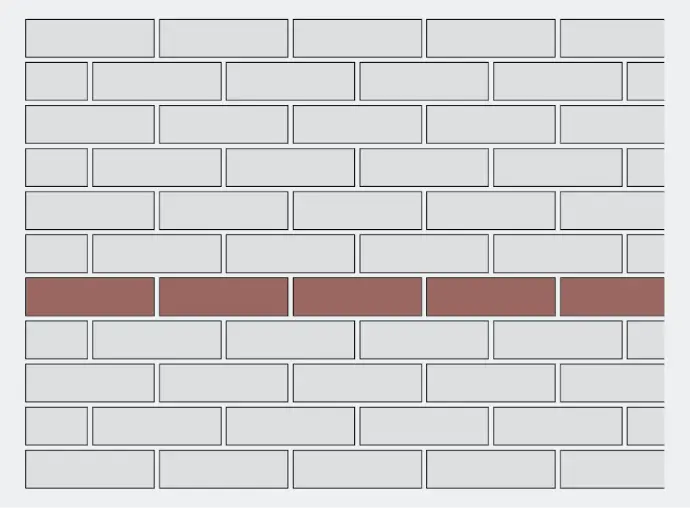
Stretcher Bond
Stretcher bond, also known as running bond, is the simplest and most commonly used brick bond. In this pattern, bricks are laid end to end in a single row, with each brick's long side (the stretcher) exposed. The bricks in the subsequent row are offset by half their length. This creates a visually appealing staggered pattern. Stretcher bond is often used in walls that are half the thickness of a brick, making it suitable for many construction applications.
Flemish Bond
Flemish bond is an elegant and visually striking brick bond that alternates between headers (the short sides of bricks) and stretchers in each row. The headers in one row align with the centers of the stretchers in the row below, creating a symmetrical and robust pattern. Flemish bond is commonly used in both load-bearing and decorative walls but requires skilled craftsmanship due to its complexity.
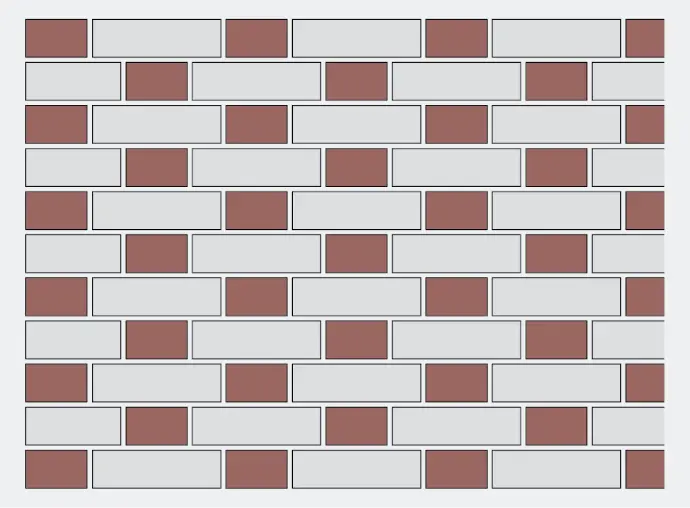
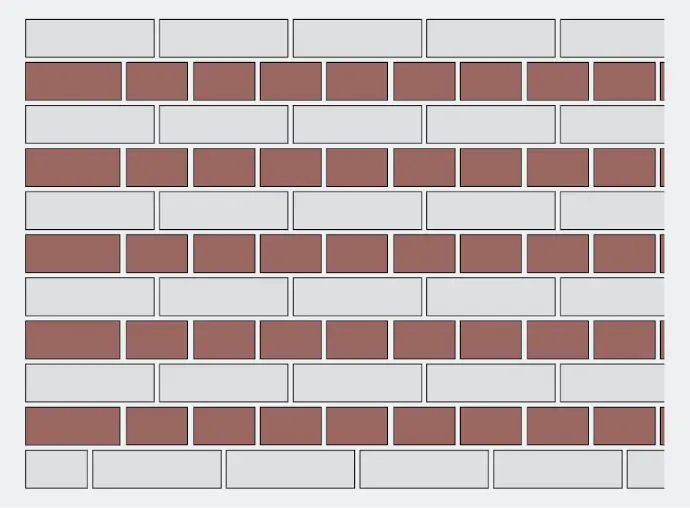
English Bond
English bond is another classic brick bond characterized by alternating rows of headers and stretchers. However, in English bond, each header is placed at the center of a stretcher in the row below, resulting in a distinctive appearance. To add stability and strength, quoin closers (bricks sliced in half lengthwise) are often used at the corners of brick walls. English bond is favored for its durability and is often used in one-brick-thick walls.
Stack Bond
Stack bond is a modern and minimalist brick bond that creates a clean, contemporary look. In this pattern, bricks are stacked directly on top of each other with all joints aligned vertically. While stack bond offers a sleek appearance, it is primarily used for decorative purposes and is not suitable for load-bearing walls due to its weaker structural integrity.
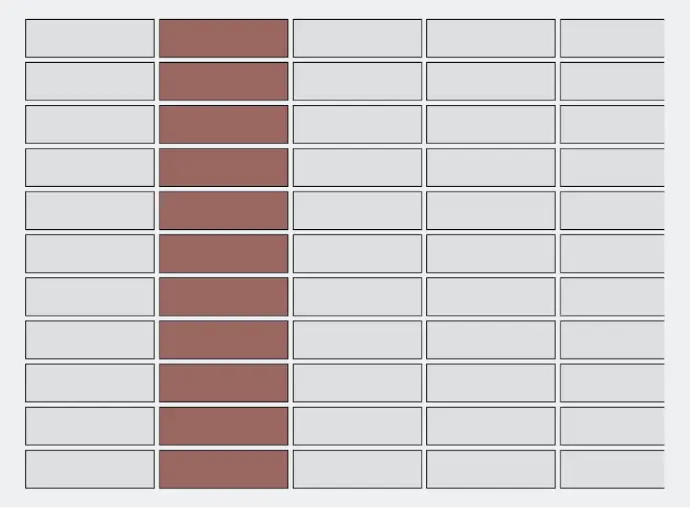
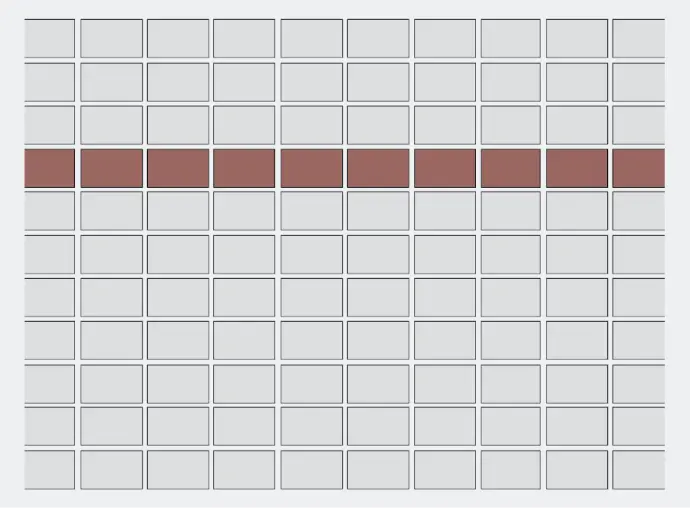
Header Bond
In header bond, the short sides of the bricks (headers) are used exclusively in every row. This bond creates a clean and simple pattern but is typically employed for walls that are only one brick thick. Three-quarter brickbats are often used as quoins in this bond to maintain stability.
American Bond
American bond closely resembles the English bond but includes header courses every five or six rows, serving as tie bricks between the backing and the facing. Queen closers are placed at both ends of the header courses for added strength and stability.
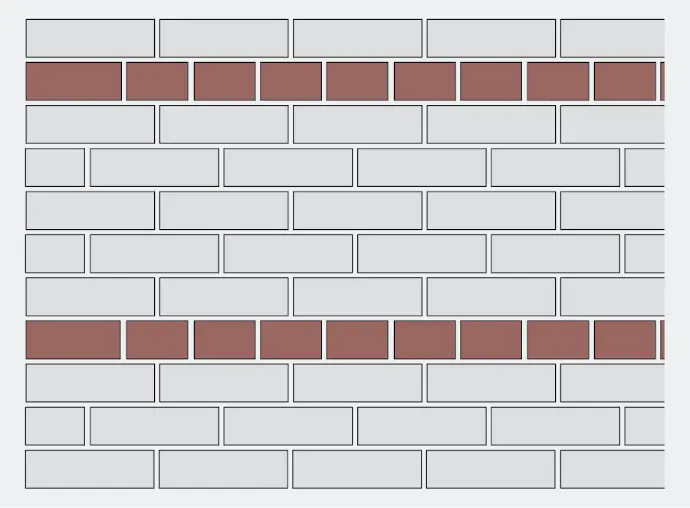
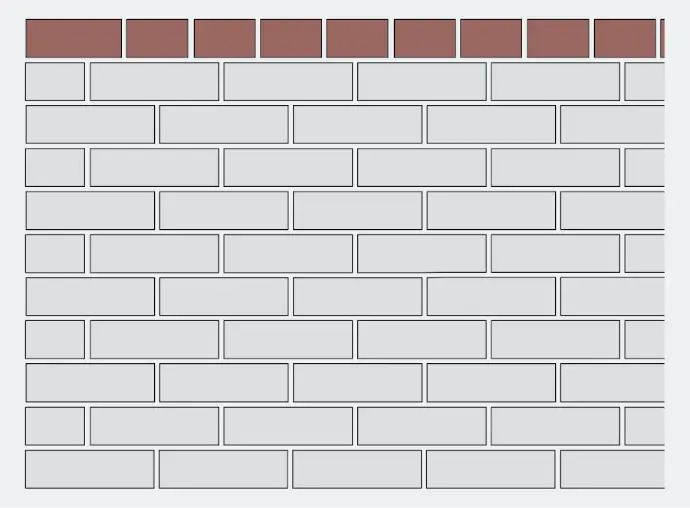
Facing Bond
Facing bond is employed in the construction of thick walls where facing and backing bricks have varying thicknesses. This bond combines structured stretching and heading courses, affecting weight distribution and potentially leading to differential settling between the two thicknesses.